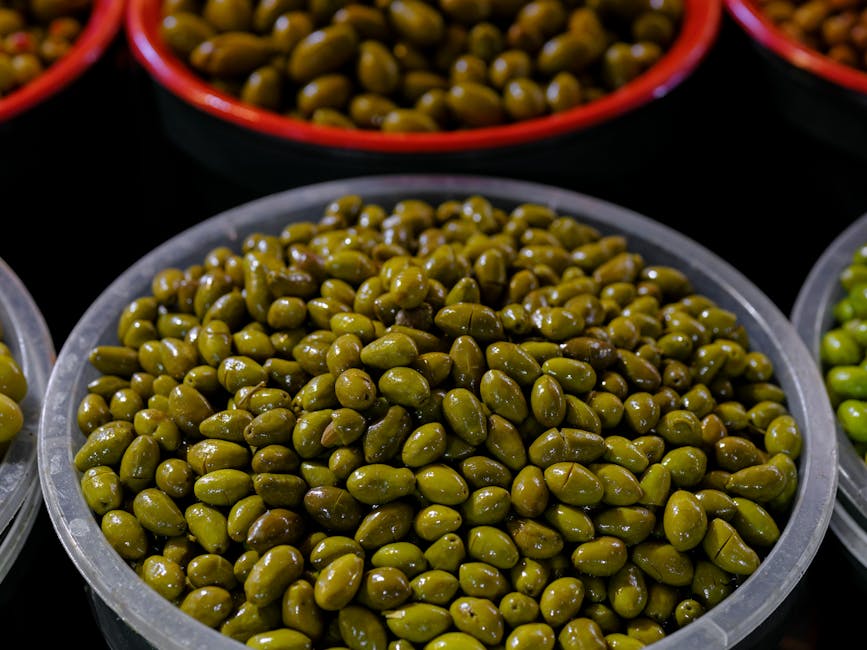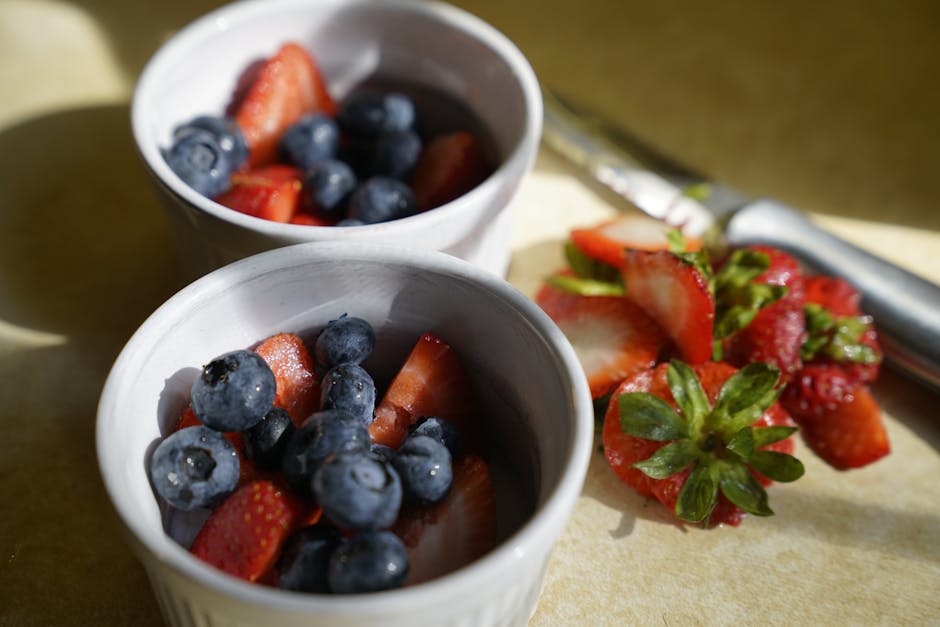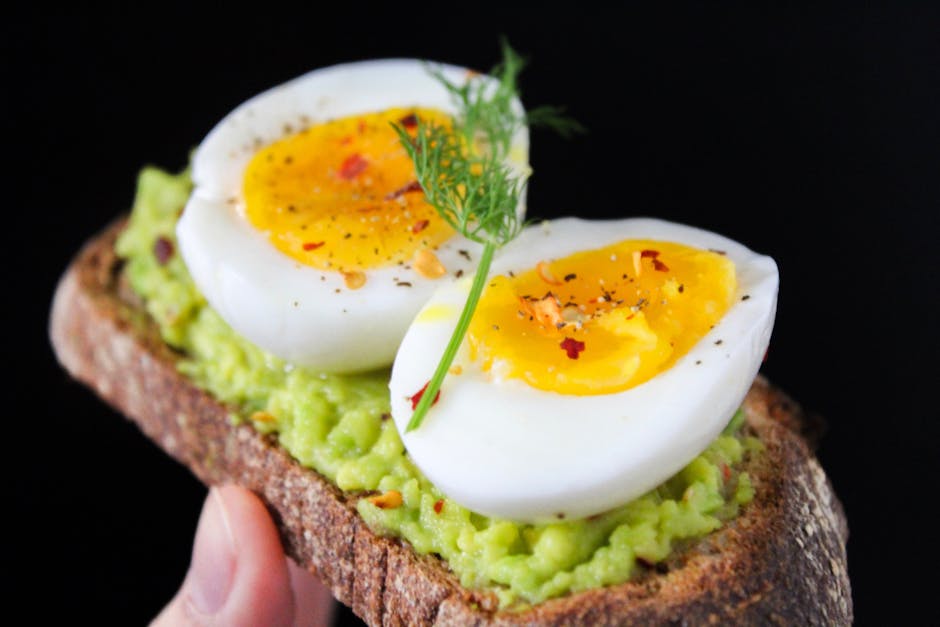Exploring Anti-Inflammatory Meal Ideas: A Guide to Enhancing Your Health
Welcome to a world where what you eat can have a profound impact on your health. In recent years, the concept of anti-inflammatory meal ideas has gained significant attention in the health and wellness community. The idea behind these meal plans is to reduce inflammation in the body, which is believed to be the root cause of many chronic diseases, including heart disease, diabetes, and even cancer.
But what exactly are anti-inflammatory meal ideas, and how can they benefit you? In this comprehensive guide, we will delve into the world of anti-inflammatory eating, exploring the science behind it, the foods that can help reduce inflammation, and practical tips for incorporating these meal ideas into your daily routine. So, let’s embark on this journey to better health together!
The Science Behind Inflammation

Before we dive into anti-inflammatory meal ideas, it’s essential to understand what inflammation is and why it matters. Inflammation is a natural process that occurs in the body in response to injury or infection. It is a vital part of the immune response, helping to protect the body from harmful invaders.
However, when inflammation becomes chronic, it can have detrimental effects on your health. Chronic inflammation has been linked to a wide range of health conditions, including arthritis, asthma, and even Alzheimer’s disease. By adopting an anti-inflammatory diet, you can help reduce inflammation in your body and lower your risk of developing these chronic diseases.
Key Components of an Anti-Inflammatory Diet

So, what exactly does an anti-inflammatory diet look like? While there is no one-size-fits-all approach, there are some key components that are common to most anti-inflammatory meal ideas:
1. Fruits and Vegetables

Fruits and vegetables are rich in antioxidants and phytonutrients, which help reduce inflammation in the body. Look for colorful fruits and vegetables like berries, leafy greens, and bell peppers, which are particularly high in anti-inflammatory compounds.
2. Healthy Fats

Incorporating healthy fats like olive oil, avocados, and nuts into your diet can help reduce inflammation. These fats contain omega-3 fatty acids, which have been shown to have anti-inflammatory properties.
3. Whole Grains
Choosing whole grains like quinoa, brown rice, and oats over refined grains can help reduce inflammation in the body. Whole grains are high in fiber and antioxidants, which can help lower levels of inflammatory markers in the blood.
4. Lean Protein
Opt for lean sources of protein like chicken, fish, and legumes, which are rich in nutrients that can help reduce inflammation. Fatty fish like salmon and mackerel are particularly high in omega-3 fatty acids, making them an excellent choice for an anti-inflammatory diet.
5. Herbs and Spices
Herbs and spices like turmeric, ginger, and cinnamon have powerful anti-inflammatory properties. Adding these ingredients to your meals can not only enhance the flavor but also provide additional health benefits.
Practical Tips for Incorporating Anti-Inflammatory Meal Ideas
Now that you know the key components of an anti-inflammatory diet, here are some practical tips for incorporating these meal ideas into your daily routine:
1. Plan Ahead
Take some time at the beginning of each week to plan your meals and snacks. By having a clear plan in place, you can ensure that you have the ingredients you need to prepare healthy, anti-inflammatory meals throughout the week.
2. Experiment with New Recipes
Don’t be afraid to try new foods and recipes. Experimenting with different ingredients can help keep your meals exciting and delicious, making it easier to stick to an anti-inflammatory diet in the long run.
3. Be Mindful of Your Portions
While it’s essential to focus on eating nutrient-dense foods, it’s also important to be mindful of your portions. Overeating, even healthy foods, can contribute to inflammation in the body. Listen to your body’s hunger cues and stop eating when you feel satisfied.
Common Misconceptions About Anti-Inflammatory Meal Ideas
Despite the growing popularity of anti-inflammatory meal ideas, there are still some misconceptions surrounding this dietary approach. One common misconception is that all fats are bad for you. In reality, healthy fats like those found in avocados and nuts are an essential part of an anti-inflammatory diet.
Another misconception is that an anti-inflammatory diet is restrictive and bland. While it’s true that certain foods should be limited or avoided on an anti-inflammatory diet, there are still plenty of delicious and flavorful options to choose from. By experimenting with new ingredients and recipes, you can enjoy a wide variety of foods while still reaping the benefits of an anti-inflammatory diet.
FAQs About Anti-Inflammatory Meal Ideas
Q: Can an anti-inflammatory diet help with weight loss?
A: While the primary goal of an anti-inflammatory diet is to reduce inflammation in the body, many people find that they also lose weight when following this dietary approach. By focusing on nutrient-dense foods and limiting processed foods and added sugars, you may naturally lose weight as a result of adopting an anti-inflammatory diet.
Q: Are there any foods that should be avoided on an anti-inflammatory diet?
A: While the specifics may vary from person to person, there are some foods that are generally considered to be pro-inflammatory and should be limited or avoided on an anti-inflammatory diet. These include processed foods, refined sugars, and trans fats. By reducing your intake of these foods and focusing on whole, nutrient-dense foods, you can help lower inflammation in your body.
Final Thoughts
In conclusion, embracing anti-inflammatory meal ideas can have a profound impact on your health and well-being. By focusing on nutrient-dense foods like fruits, vegetables, healthy fats, and lean proteins, you can help reduce inflammation in your body and lower your risk of chronic diseases.
Remember, adopting an anti-inflammatory diet is not about depriving yourself or following strict rules. It’s about making small, sustainable changes to your eating habits that can have a significant impact on your health in the long run. So, why not start incorporating some of these anti-inflammatory meal ideas into your diet today and take a step towards a healthier, happier you!




